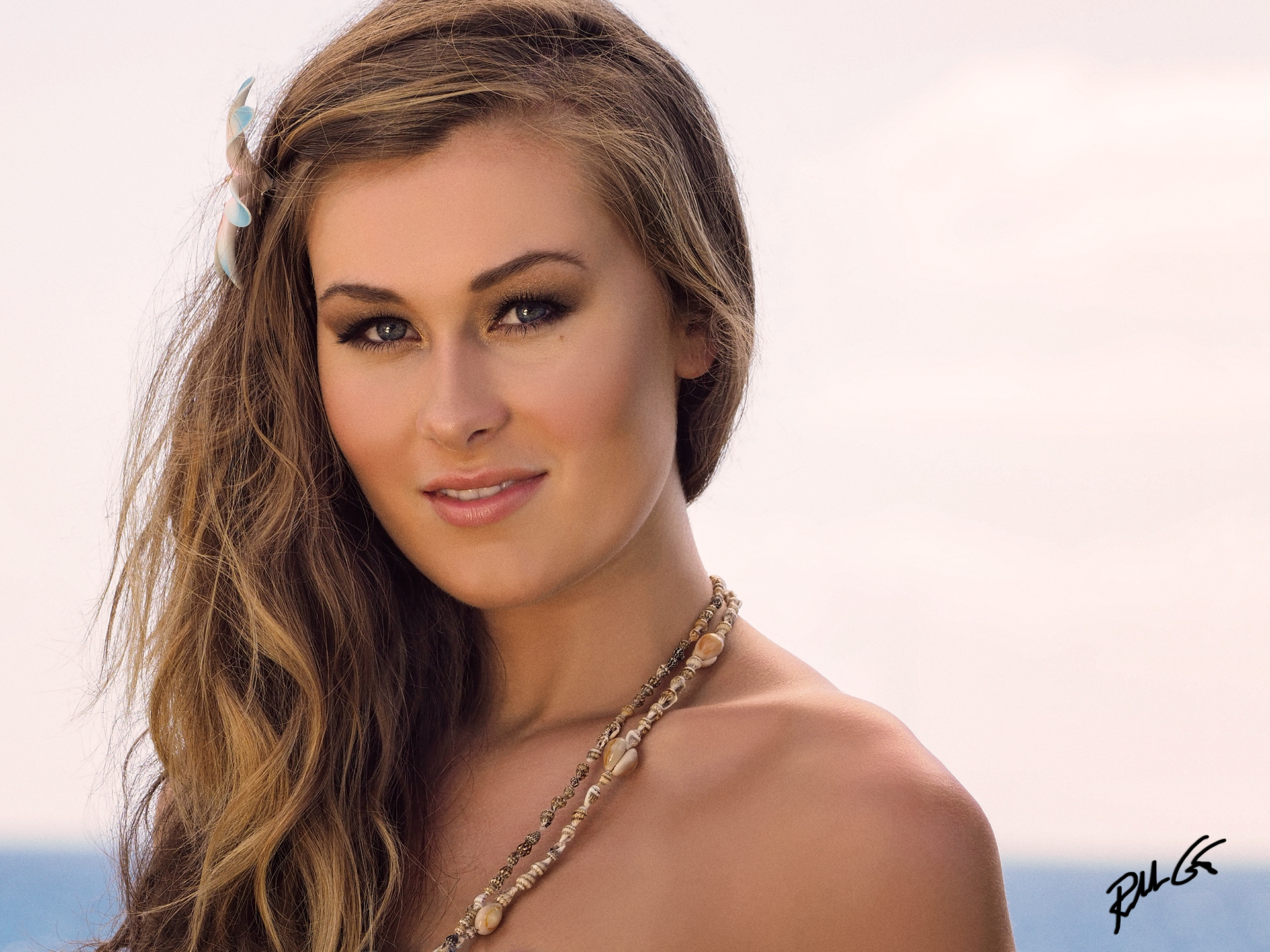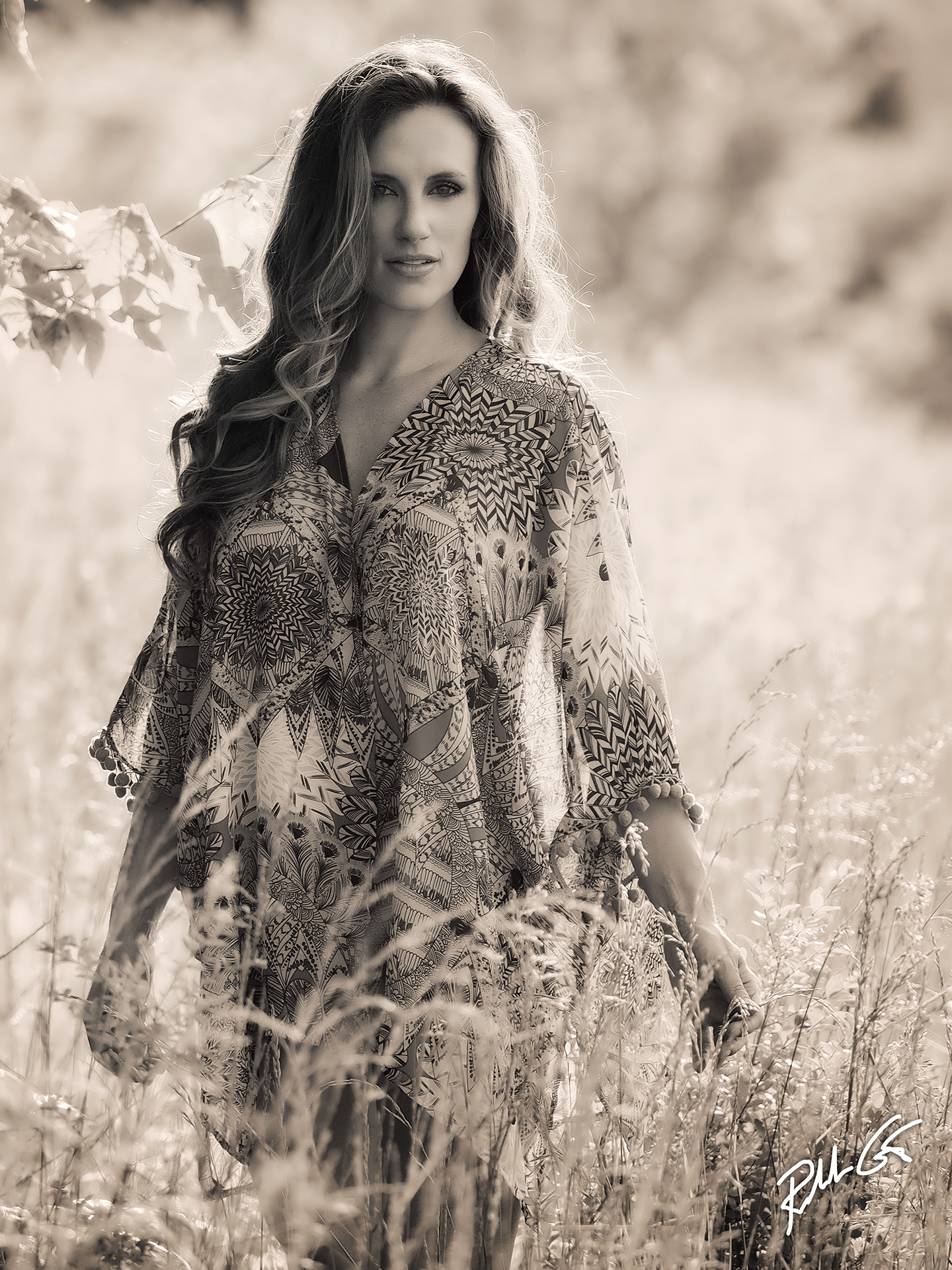I’m often asked, “What makes a great photographer?” It’s an ambiguous question because it isn’t specific to any photography genre, and it doesn’t help if the individual who asked doesn’t refer to the business or the artistic side of photography. But even then, there are three elements of great photographers — the three C’s that make a great photographer are creativity, comprehension, and communication.

Great photographers understand the “three C’s” of photography, comprehension, creativity, and communication.
The greatest photographers in the world have these three things in common, a creative eye, the comprehension of their equipment and the ability to communicate both to their subject and their intended audience — a photographer who understands what it takes to rise to the top of their photography.
Comprehension
Comprehension simply means a photographer must understand their equipment and how to use it. A photographer at every level should know the difference between an F/stop and bus stop, but great photographers know as a minimum the Rule of Stops, often called the Rule of Exposure. They understand how shutter speeds and aperture settings affect one another, for example, if your digital camera exposure settings called for 1/60th at F/11, then the equivalent to maintain the same exposure is either 1/125th at F/8 or 1/30th at F/16 and so forth.

Great photographers understand that the aperture of a lens can change the mood of a photograph.
A great photographer also understands digital camera white-balance and how it works with the Kelvin color temperature scale. These great photographers know when working in the Golden Hour, not to shoot in the AWB, or automatic white balance mode — it will wipe out the beauty provided by the Golden Hour.
Great photographers also understand the right tools are what delivers the best results, and I don’t mean brand names, I mean by design plus purpose. A great photographer knows the right lens to use for what they want to capture and the difference between a prime vs. a zoom lens. These great photographers also know how to select the proper aperture on their lenses that will provide the results they and/or their client want to achieve.
When it comes to lighting in photography, great photographers now how to see and feel the light. These photographers understand the quality of light and know what light modifiers bring the best results for the type of photograph they’re trying to create. A great photographer knows the differences between a beauty dish, a strip box, a large or medium soft box, grids, umbrellas, reflectors, scrims, etc.
Great photographers understand that comprehension is to know what gear to use, what it does, and why it does what it does. Ultimately, these great photographers know how to make on-the-spot decisions to choose the correct tools to get it right in the camera with each frame.
Creativity
Creativity is unique to each individual photographer, some are naturally born with creative talents, others are not, but those born without it can learn the fundamentals of creativity over time. Give the edge to those born with it, however, many great photographers have improved their creativity through inspiration of other well-known artists. Great photographers study other great photographers’ photographic style as this, at one point, has helped them understand what makes a great photo, and what doesn’t.
Communication
Great photographers understand the importance of communication and that it starts the first time any contact is made with a potential subject or client, whether it’s by phone, email, or in person. They realize that communication, like rapport, is ongoing from the first contact to the photography session itself and down to the delivery of the final images along with any follow-ups.
These photographers are careful with the words they choose and use along with the tone they inflect in their communications when it comes to their subjects and clients. These photographers know about “building the rapport with their subject” phase of photography and like credit, that it takes time to build and only one negative instance to destroy it.
In order to better understand communication, a photographer should take from what is known as the “mother of all models,” the Claude Shannon and Warren Weaver’s 1949 Communication Model. This communication model is composed of the following elements: a sender or the information source, a message, a transmission, a channel, a receiver, and a destination. In this mix you also have the concept of noise, or interference.
A photographer is the sender and their voice is the transmitter outlet while the channel is the actual photography session itself. A great photographer will avoid introducing noise, or distractions such as the phone ringing or other interruptions during their photo session, and they will also ensure their equipment is checked plus ready to go before a photo session even starts. The subject is the receiver and the destination, is the final photograph.
In summary, mastering the three C’s are what makes a great photographer —comprehension, creativity, and communication, in the various genres of photography. Using these three C’s properly will also help you understand a great photo when it comes to critiquing your own photos or the photos of others. In the end, your subject or client is more than satisfied which makes you not a good photographer, but a great photographer.





